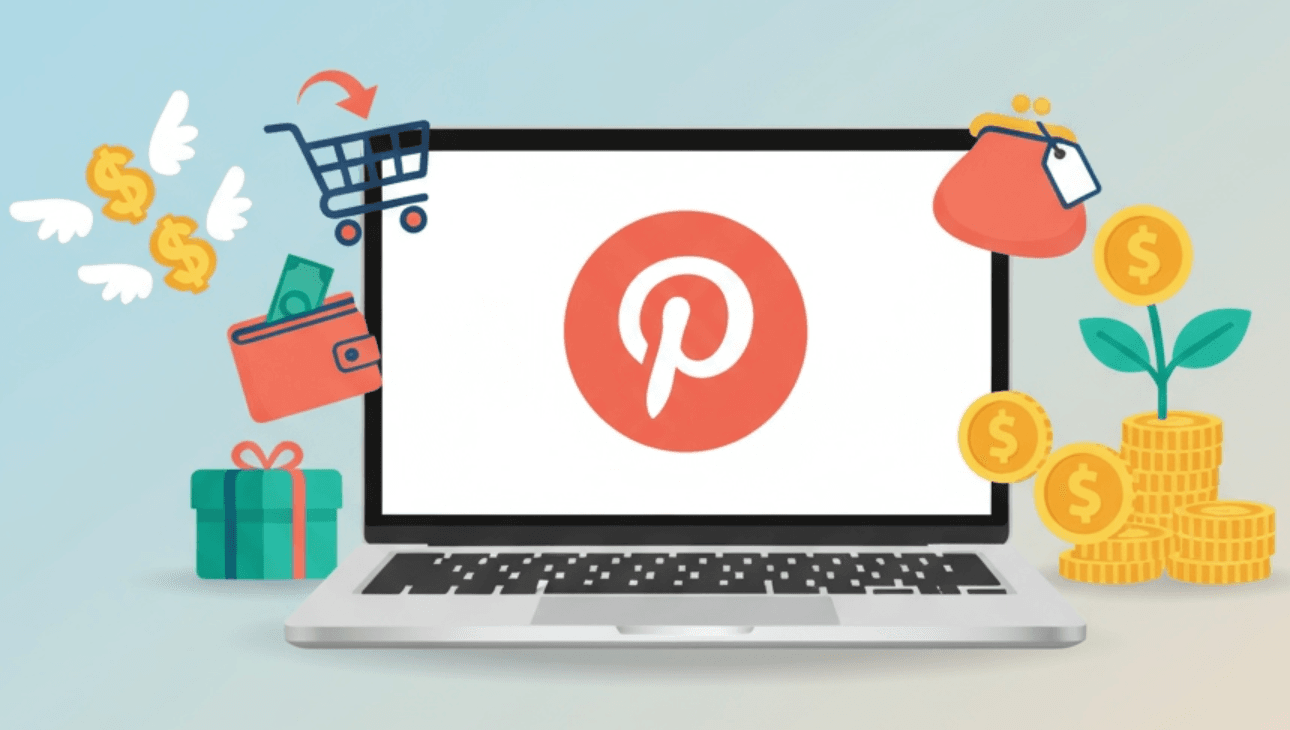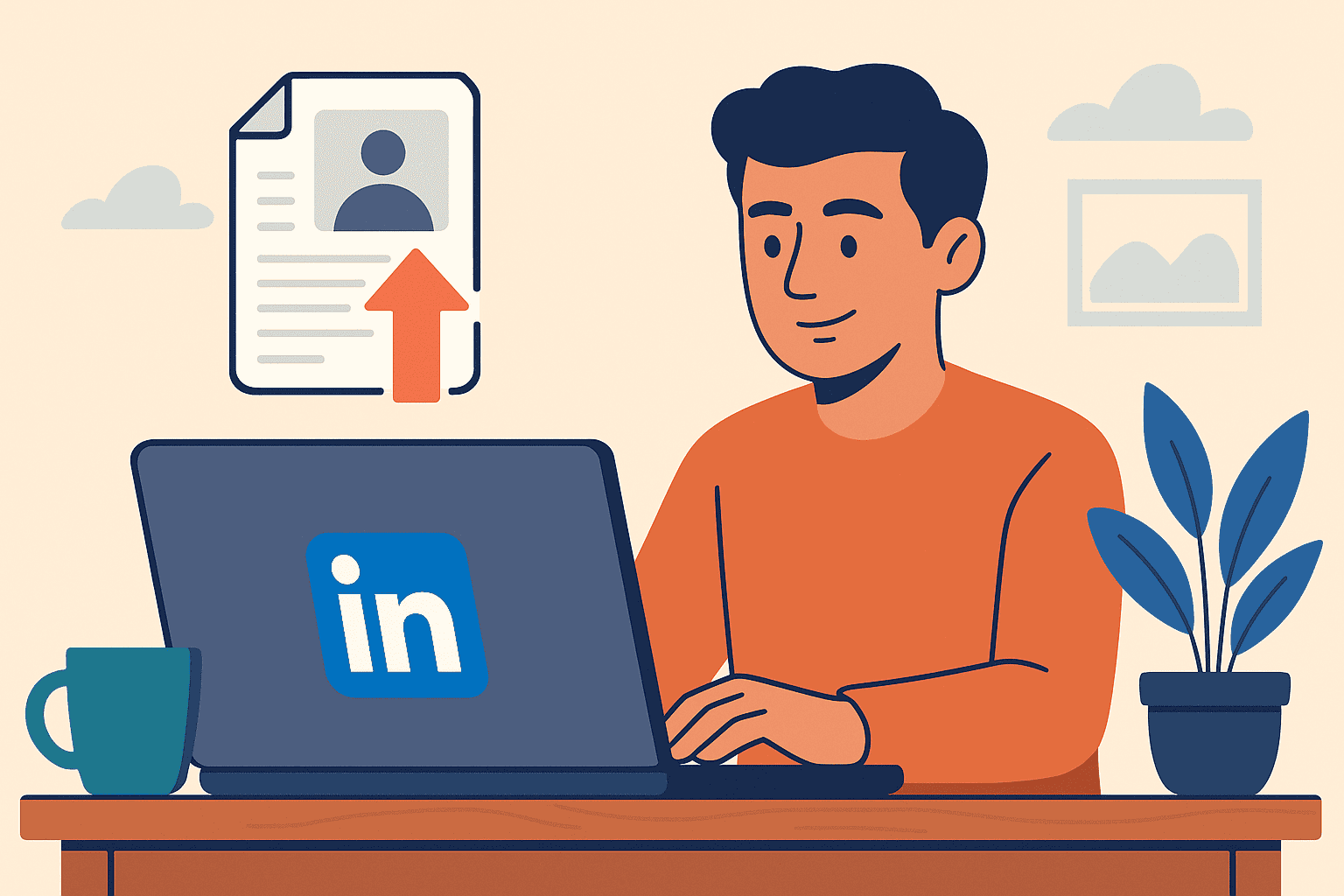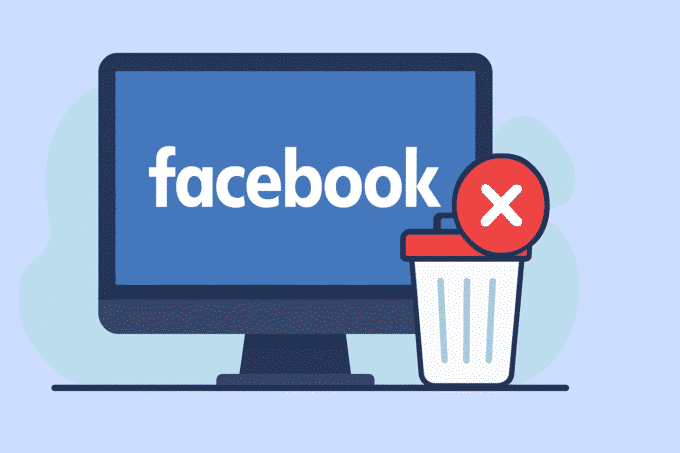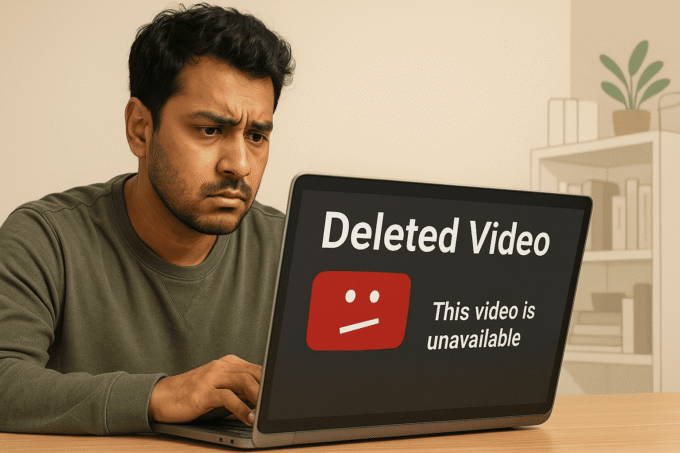Ever wondered if you could actually make money on Pinterest? Maybe you’ve heard people talk about earning a steady extra income from pinning, or you just want to turn your time online into something more productive. You’re in the right spot.
This guide will show you, step by step, how to make money on Pinterest, even if you’re starting from scratch. Every tip and tactic here is practical, real, and tested by folks who use Pinterest to grow their side hustles or main incomes.
If you’ve ever been frustrated by generic claims or weren’t quite sure where to start, keep reading—this isn’t just another recycled list. Let’s break down how Pinterest can become your next income stream.
What Are the Best Ways to Make Money on Pinterest?
Making money on Pinterest comes down to knowing what actually works right now. The most popular ways are:
- Affiliate marketing: Sharing other people’s products with your audience. When someone uses your affiliate link to buy, you earn a commission.
- Sponsored posts and brand partnerships: Working with companies to feature their products or services in your pins.
- Selling digital products: Think printables, ebooks, online courses, or Canva templates—anything you can deliver digitally.
- Driving traffic to a blog or website: If you get people on your website from Pinterest, you can make money with ads, products, or even coaching.
- Pinterest management services: Some creators handle Pinterest strategy for small businesses, offering it as their own freelancing gig.
Quick tip: Focus on one method first, master it, then try others as you grow.
Affiliate Marketing on Pinterest
Affiliate marketing is one of the simplest ways to start making money on Pinterest, especially if you don’t have your own products or services yet. Here’s how it works:
- Sign up for affiliate programs that fit your niche (think Amazon Associates, LTK, or ShareASale).
- Find products your audience will actually want or need.
- Create pins that show off these products. Use engaging images, and always add your unique affiliate link.
- Make sure you disclose your affiliate relationship in every pin (just add “affiliate link” or “ad” somewhere in the description).
Why it works: Pinterest is a visual search engine. When people scroll for ideas, they’re often ready to take action, whether it’s making a purchase or saving something for later. This intent makes affiliate product pins more likely to send you commission.
Sponsored Posts and Collaborations
If you have a solid follower base or a niche audience, brands might pay you to feature their products in your pins.
- Start by tagging brands in your pins.
- Reach out directly, or use influencer networks like AspireIQ or Influence.co to find opportunities.
- Only work with brands that fit your audience, or risk losing trust.
Earning potential: Rates vary, but established Pinterest creators can earn from $50 for a single pin up to several thousand dollars for campaigns.
Selling Digital Products
You don’t need to be a designer to sell digital products on Pinterest. Some popular ideas are:
- Printable planners, calendars, or budget spreadsheets.
- Social media templates for Canva.
- Guides, eBooks, or online courses.
You can sell through Etsy, Shopify, Gumroad, or your own website. Canva and Adobe Spark make design accessible, and great visuals are what Pinterest is all about.
Bring Traffic to Your Blog or Website
If you already have a blog or website, Pinterest is a goldmine for getting visitors who are interested in what you offer. The more traffic you get, the more you can earn from ads, digital products, or even email marketing.
- Create pins for each blog post, with keyword-rich descriptions.
- Link pins back to your website.
- Use analytics to see which pins do best, then create more around similar topics.
Pinterest Management Services
Some small businesses don’t have time for Pinterest, so they hire someone to handle it for them. If you’re organized, creative, and love Pinterest, managing accounts can bring in regular income.
- Help others with pin creation, scheduling, SEO, and analytics.
- Offer services on platforms like Fiverr or Upwork, or reach out to businesses directly.
Getting Started: What You Need Before Earning
Before you start pinning and earning, there are a few must-dos to set up for success.
Setting Up a Pinterest Business Account
Pinterest offers extra features for business accounts, like analytics and ad options. To get one:
- Go to your Pinterest settings and convert to a business account (it’s free).
- Fill out your profile with keywords related to your niche.
- Add a profile picture or logo for trust and recognition.
Pro tip: Use the same name and logo as your other social media or website for consistency.
Optimizing Your Pinterest Profile and Boards
Your profile and boards are what people see first, so make them count.
- Write a clear bio that uses relevant keywords. For example, “Budget Printables for Busy Moms” or “Minimalist Home Decor Ideas.”
- Create boards for each major content category. Use keywords in board titles and descriptions.
- Move your top-performing boards to the top of your profile.
Example:
Bio: “Helping side hustlers make passive income using Pinterest affiliate marketing, trending products, and digital downloads.”
Top board: “Money-Making Pinterest Tips”
Why a Business Account Matters
Switching to a business account is not optional; you need it to track analytics and run ads later. More importantly, you look professional, which matters to brands and potential clients.
Is It Really Possible to Make Passive Income on Pinterest?
Short answer: Yes, you can make passive income on Pinterest. Here’s why.
Pinterest pins don’t expire like social media posts. Some pins keep bringing in traffic and sales for months, even years. Once you set up your strategy, you can earn while you sleep.
How recurring revenue works:
- You post a pin with your affiliate link or product once.
- That pin keeps circulating as long as people find and save it.
- Each time someone buys, you get credit.
Nice to know: Automated pinning tools like Tailwind let you schedule content, helping to keep your Pinterest presence active without constant work.
How Much Money Can You Make on Pinterest?
People often want to know if making money on Pinterest is actually worth it. The answer is that it depends on your niche, how engaged your audience is, and your monetization methods.
- Small accounts: $50–$200 per month, mostly from affiliate marketing or small product sales.
- Mid-size accounts (10,000–50,000 monthly views): $300–$1,500 per month from a mix of affiliates, products, and potential brand deals.
- Large accounts: Some top creators earn $5,000+ per month, mostly by combining all methods.
Quick tip: The most profitable creators track their analytics and double down on what works. It’s not about getting viral pins, but about consistent, targeted growth.
Example: A food blogger reported earning $1,200 a month by selling digital recipe books to her Pinterest audience. A fashion influencer brought in a similar amount from affiliate sales and sponsored pins.
Step-by-Step Guide to Monetizing Your Pinterest Account
Now it’s time to lay out exactly how you can monetize your Pinterest. Here’s what you need to do, from picking a money-making niche to optimizing your content for search and sales.
How Do I Use Affiliate Marketing on Pinterest?
Affiliate marketing is still one of the easiest ways to start making money on Pinterest. Here’s your game plan:
- Sign up for programs like Amazon Associates, RewardStyle, or ShareASale.
- Find products you actually like or that fit your boards.
- Create pins that are visually attractive and use keywords for searchability.
- Add your affiliate link right in the pin’s destination URL.
- Disclose your affiliate relationship in the pin description.
Sample strategy for better click-through rates:
- Use bright, simple images with minimal text.
- Promise value in the cover text, like “Best Kitchen Gadgets for 2025” or “Budget Travel Must-Haves.”
- Always link directly to the product or, even better, a blog roundup (which can build trust).
Important: Do not cloak links or use shorteners that hide the destination; Pinterest can penalize that.
Can You Sell Products Directly on Pinterest?
Yes, direct selling is a growing trend on Pinterest. The platform offers features like shoppable pins and product catalogs.
- Set up a Pinterest Shopping account.
- Link your online shop (like Etsy, Shopify, or WooCommerce) to your Pinterest account.
- Create pins with crisp product photos, keyword-focused descriptions, and prices.
- Tag products in your pins.
Practical example: If you sell wedding printables, create lifestyle images of your products in action—think, invitations on a decorated table. These pins get shared more than plain product images.
Note: The richer and more descriptive your product pins, the better. Use phrases like “instant download,” “eco-friendly,” or “made in the USA” for added interest.
How to Drive Traffic from Pinterest to Your Website or Blog
One of the main strengths of Pinterest is sending targeted traffic to blogs and websites. More blog traffic means more ad revenue, email subscribers, and potential customers.
Creating Pins That Attract Clicks
- Use high-contrast images and clear, blocky text.
- Promise something valuable in the pin title (“5-Minute Hairstyles for Busy Mornings”).
- Use calls to action in your description (“Click to see the full list of recipes!”).
Scheduling and Automation Tips
Scheduling pins means you don’t have to be on Pinterest every day. Tools like Tailwind let you:
- Batch-upload images,
- Schedule pins for the best times,
- Track analytics to know what’s getting clicks.
Expert tip: Pin to the most relevant board first for maximum reach. Then repin to other boards over a few days.
Pinterest is a search engine. Use keywords in:
- Your pin titles,
- Descriptions,
- Board names and descriptions.
Hashtags work best when placed at the end of your descriptions and should be specific (#budgetmeals, #printableshop).
Check Pinterest Trends to see what’s hot. Ride the wave by making new pins around trending topics in your niche.
Building Your Audience: What Grows Followers FAST on Pinterest?
Growth isn’t just luck. Here’s how you can get more followers on Pinterest, which leads to more chances to make money.
Consistent Pinning Strategy
Pinterest rewards regular activity. Aim to pin at least once each day, even if you schedule them in advance.
- Mix “fresh pins” (new designs or images) with repins of your best performers.
- Post at times your audience is most active (typically evenings for U.S. users).
Quick tip: Quality over quantity beats adding dozens of pins with no clear topic or design.
Cross-Promoting Pins on Other Platforms
Don’t let your pins live only on Pinterest. Share them on Instagram, Facebook, or in your newsletter and blog.
- Add Pinterest widgets or “Pin It” buttons to your site.
- Mention your Pinterest profile wherever your audience hangs out.
Engaging with Group Boards and Collaborations
Group boards are collaborative spaces where multiple creators pin on the same topic.
- Join highly relevant group boards in your niche to get your content seen by fresh eyes.
- Create your own group board and invite others. It’s a quick way to build community and trust.
Note: Don’t join every group board; stick with active ones that match your theme.
Pro tip: Try Tailwind Communities for finding like-minded pinners and sharing each other’s content.
What Are the Most Profitable Niches on Pinterest?
Making money on Pinterest works best in certain niches. Users come for ideas and inspiration in these areas:
- Fashion: Outfit ideas, accessories, seasonal looks.
- DIY and Crafts: Tutorials, printables, project inspiration.
- Food: Recipes, meal plans, cooking tips.
- Finance: Budgeting, money-saving tips, investing basics.
- Fitness: Home workouts, weight loss, health challenges.
- Home Decor: Room makeovers, organization hacks, seasonal decorating.
How to pick a niche:
- Look for overlap between your interests and areas with lots of search traffic.
- Use Pinterest Trends to research what people want.
- Check out what top Pinterest creators in each niche are posting.
Example: A budgeting board might feature “52-Week Savings Challenge,” while a popular DIY account shares “Easy Dollar Store Crafts.”
Advanced Pinterest Monetization Techniques
If you want to step up your earning potential, try these advanced tactics.
Can You Make Money with Pinterest Without a Blog?
You don’t need a blog for every money-making method.
- Affiliate links: Use direct links in pins and disclose them.
- Sponsored pins: Partner with brands to feature their content.
- Digital products: Sell through marketplaces like Etsy and Gumroad.
- Pinterest VA: Offer your services as a Pinterest Virtual Assistant to manage other people’s accounts or create pins for them.
Note: Having a blog does give you more options (like ad earnings), but plenty of successful earners do fine with just Pinterest and digital storefronts.
How Can Pinterest Ads Help Monetize Faster?
Pinterest has its own ads platform called Promoted Pins.
- Setup: Use your business account and set up billing.
- Target: Pick your audience by gender, age, location, and interests.
- Budget: Start as low as $5 per day.
- Measure: Keep an eye on metrics like clicks, saves, and conversions.
Ads can help you reach new eyes much quicker than organic growth, especially if you’re launching a new product or affiliate offer.
Expert strategy: Test different creatives and audiences at small budgets to see what works, then scale up.
Common Mistakes to Avoid When Monetizing Pinterest
Even with the best intentions, some actions can slow or even reverse your growth. Here are common mistakes:
- Over-promotion: Posting too many salesy pins turns people off. Keep a mix of content—tips, inspiration, products.
- Ignoring analytics: Not checking what works means missing out on easy wins. Use Pinterest Analytics weekly or monthly.
- Neglecting consistent branding: Different fonts and colors on every pin confuse your audience. Pick a style and stick with it.
- Low-quality images: Blurry or poorly cropped images attract less engagement.
- Skipping disclosure: Always say when you use affiliate links or have sponsored content.
Note: Consistency counts. Pin regularly, tweak your approach based on results, and make small improvements over time.
Frequently Asked Questions (FAQ)
Do I need a website to earn money on Pinterest?
No, but a website gives you more ways to make money, like ad revenue and email marketing. Many successful pinners use just Etsy or Gumroad linked to their Pinterest.
Is Pinterest monetization allowed for personal accounts?
Business accounts get full analytics, ads, and shoppable features. Personal accounts don’t. Switch to a business account if you want to monetize seriously.
Does Pinterest pay creators directly?
Sometimes through limited Creator Rewards programs, but most money comes from third-party deals—like brands, affiliate sales, or selling your own products.
What are the rules for posting affiliate links on Pinterest?
You must disclose affiliate links clearly and avoid spammy behavior. Check Pinterest’s latest guidelines for any updates. They change over time.
How long does it take to see results from Pinterest monetization?
With a focused strategy, you can see results in as little as 3 to 6 months. Traffic grows over time if you’re consistent and keep optimizing.
Key Takeaways
- Making money on Pinterest is possible for anyone willing to put in consistent effort.
- Having a business account, optimized pins, and relevant keywords makes your content more discoverable.
- Passive income is real here if you focus on evergreen content, digital products, and affiliate links.
- You don’t always need a blog, but it does give you more monetization options.
- Track analytics, adjust strategy, and don’t be afraid to try new trends in your niche.
Pinterest isn’t a get-rich-quick scheme, but you can earn a real income by following the steps above. If you stay consistent, keep learning, and provide real value, making money on Pinterest is within reach for anyone ready to give it a shot.




